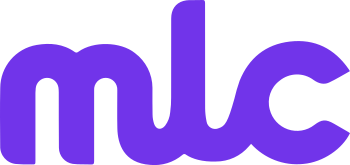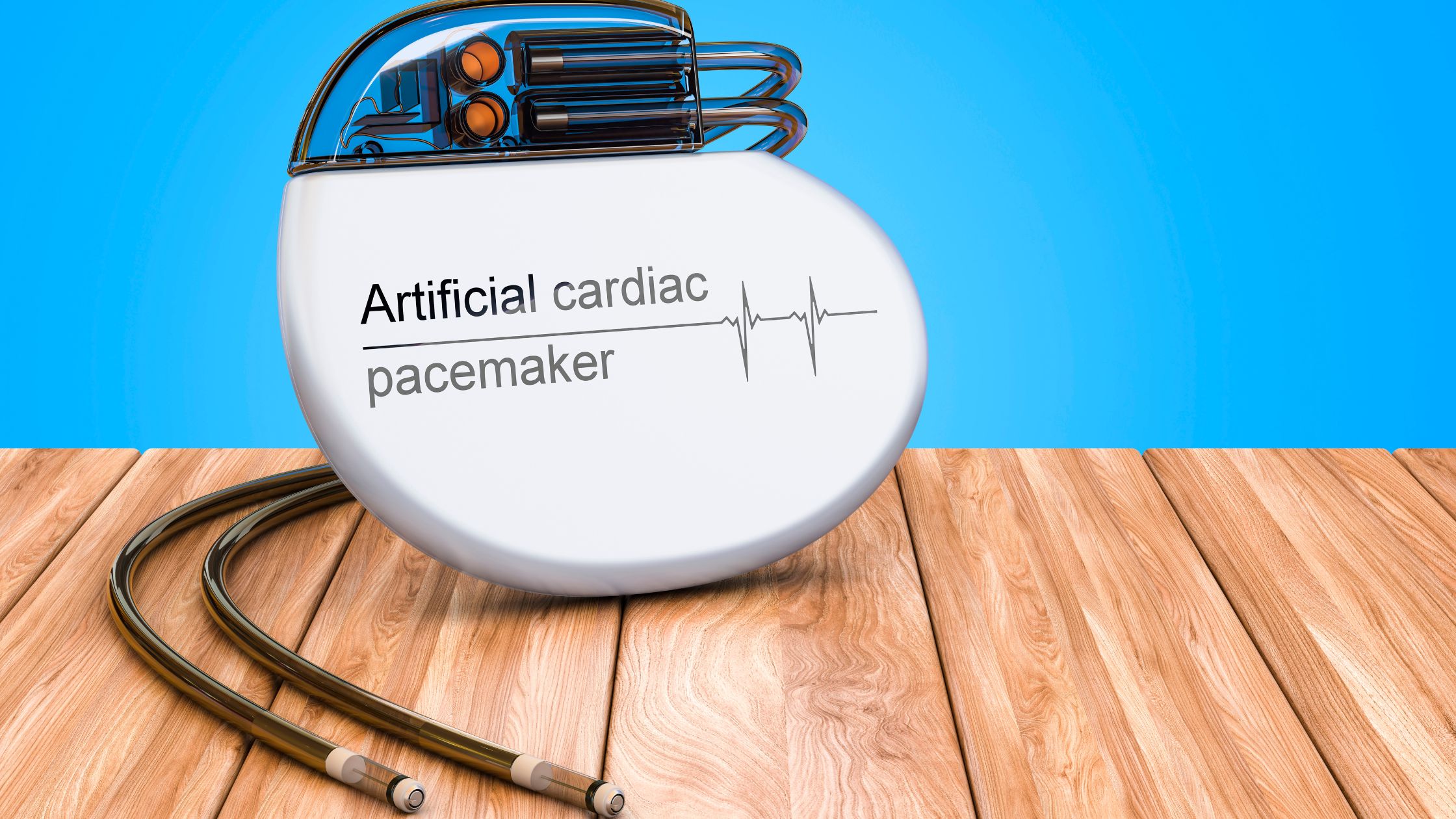What are the Key Objectives of Medical Device Translation?
In the rapidly evolving global healthcare landscape, the importance of precise and effective medical device translation cannot be overstated. As medical devices continue to play a critical role in patient care, ensuring that all related documentation and information are accurately translated is essential for several reasons. These translations must adhere to stringent regulatory standards and facilitate clear communication among diverse stakeholders. This article explores the key objectives of medical device translation, underscoring its significance in the healthcare industry.
Ensuring Patient Safety
First and foremost, patient safety is the paramount objective of medical device translation. Accurate translation ensures that healthcare professionals and patients can correctly understand how to use medical devices, thereby minimising the risk of misuse or errors. Instructions for use (IFU), user manuals, labelling, and packaging must be translated precisely to prevent any misunderstanding that could lead to adverse events.
For instance, the translation of dosage information, warnings, contraindications, and operational instructions must be unequivocal. A mistranslation could result in incorrect usage, potentially causing harm to the patient. Therefore, maintaining high accuracy in translation is crucial to uphold the integrity of patient care.
Regulatory Compliance
Another critical objective of medical device translation is to comply with international regulatory requirements. Different countries have their own regulations regarding the language in which medical device documentation must be provided. For instance, the European Union’s Medical Device Regulation (MDR) mandates that all medical devices marketed in the EU must have documentation in the official language(s) of the Member States where they are sold.
Non-compliance with these regulations can result in legal ramifications, including fines, product recalls, and a tarnished reputation. Thus, medical device companies must ensure their translations meet the specific regulatory standards of each target market. This involves not only linguistic accuracy but also adherence to formatting, labelling, and documentation guidelines stipulated by regulatory bodies.
Facilitating Market Access
Effective medical device translation is also crucial for facilitating market access and expansion. As medical device companies seek to enter new markets, providing accurate and localised translations of product information can enhance acceptance and trust among healthcare providers and patients. Localisation goes beyond mere translation; it involves adapting content to meet cultural nuances and preferences of the target market.
For example, a successful translation strategy would consider local medical terminologies, units of measurement, and even cultural preferences in communication style. By doing so, companies can improve the marketability of their products, gaining a competitive edge in diverse regions.
Enhancing User Experience
User experience is a vital aspect of medical device translation. Clear and comprehensible documentation ensures that users can easily understand and interact with the medical device. This is particularly important for complex devices that require detailed instructions for setup, operation, and maintenance.
Moreover, translated materials should be user-friendly, incorporating visual aids like diagrams and illustrations to support textual information. This enhances comprehension and reduces the cognitive load on users, thereby improving their overall experience with the device.
Supporting Training and Education
Medical device translation also plays a significant role in training and education. Healthcare professionals need to be adequately trained on the proper use of medical devices to ensure patient safety and optimal device performance. Translated training materials, including manuals, e-learning modules, and instructional videos, enable professionals in different regions to receive consistent and accurate training.
This objective extends to patient education as well. Providing patients with translated information about their medical devices empowers them to manage their health more effectively. It fosters a better understanding of their treatment and encourages adherence to prescribed therapies.
Promoting Brand Integrity and Trust
Finally, high-quality medical device translation promotes brand integrity and trust. Consistency and accuracy in translations reflect a company’s commitment to quality and safety. When healthcare providers and patients perceive a brand as reliable and trustworthy, they are more likely to choose its products over competitors.
Investing in professional medical translation services, therefore, not only ensures compliance and safety but also enhances a company’s reputation in the global market. Companies that prioritise accurate translations demonstrate their dedication to meeting the needs of diverse patient populations.
The key objectives of medical device translation are multifaceted, encompassing patient safety, regulatory compliance, market access, user experience, training, and brand integrity. Achieving these objectives requires a meticulous and comprehensive approach to translation, ensuring that every piece of information related to medical devices is accurately and effectively conveyed to diverse audiences. By prioritising high-quality translations, medical device companies can successfully navigate the complexities of the global healthcare landscape, ultimately enhancing patient care and safety.

